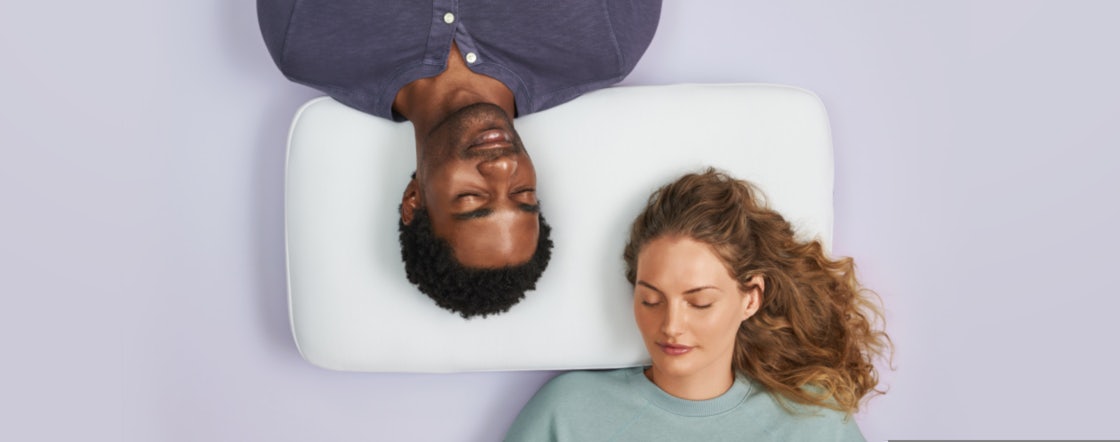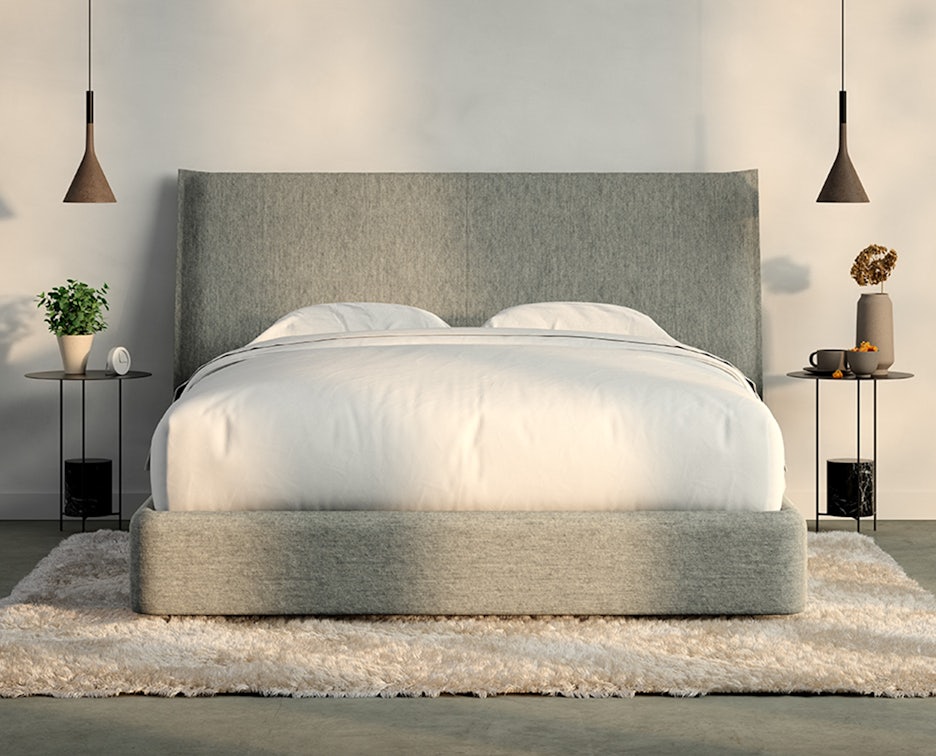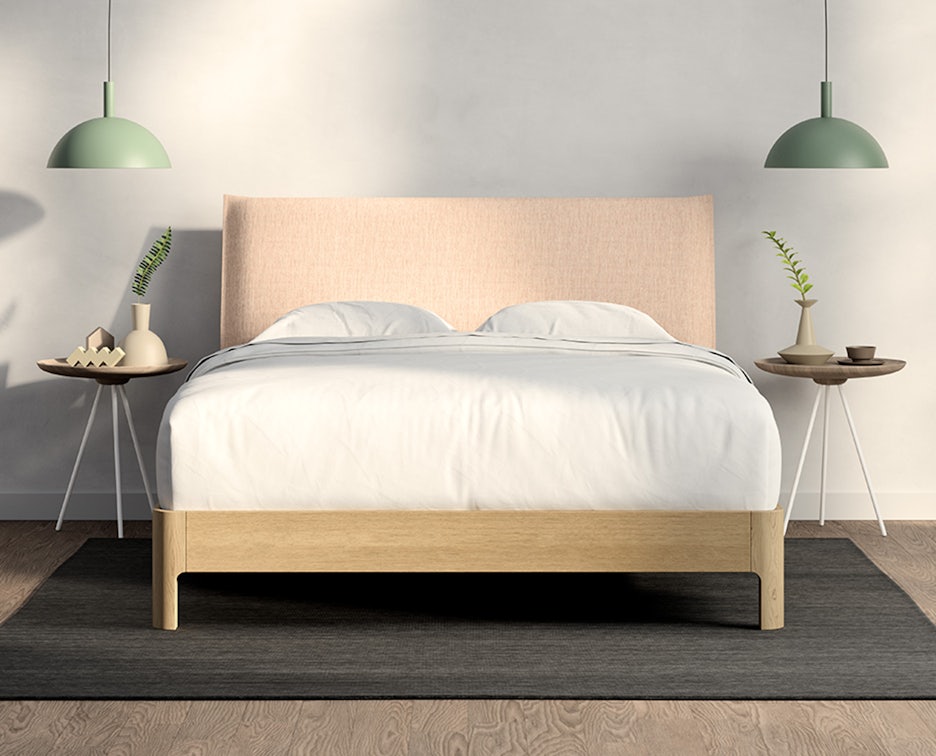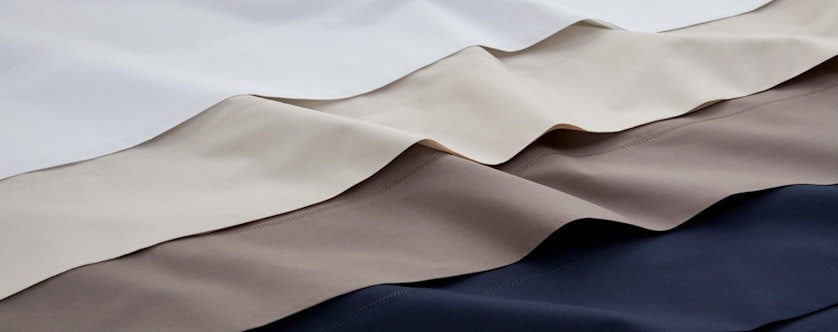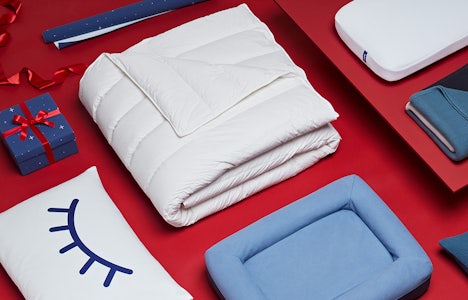
How to Get Pee Out of a Mattress:
6 Easy Steps
6/9/2020 | Casper Editorial Team
We all know that sinking feeling that comes from realizing there’s been an accident on a mattress. Suddenly you’re envisioning chemical fumes, hours of scrubbing, and weeks of, “do you smell that?” as you wage war against the lingering scent of that pesky pee stain.
You might even still have the cabinet of half-empty products you tried unsuccessfully last time, and you’re dreading the thought of doing it all over again.
We’re here to let you know that cleaning urine from a mattress doesn’t need to be difficult, complicated, or expensive. In fact, the best method is only six steps long, uses supplies you probably have in the house, and will have you back in bed and dreaming peacefully in no time.
Below we’ve laid out the basic process for removing fresh urine from a mattress, as well as some more specific techniques for tricky situations like old or set-in stains and animal urine.
How to Remove Pee from a Mattress
These six steps describe the best method for removing fresh urine from a mattress. The process for removing dried urine is only slightly different and builds on this method, so you’ll want to start with the basics no matter what.
Here’s how to get pee out of a mattress in six easy steps:

What you’ll need: Baking soda, clean towels, cold water, laundry detergent, white vinegar, spray bottle, and a vacuum.
Step 1: Remove Your Bedding
Before you do anything else, strip your mattress and get your bedding into the washing machine as quickly as possible. Urine stains will set, so it’s important to get your sheets and comforter into the wash immediately.
If you wash your bedding and find the urine stain or smell still lingers, add a cup of white vinegar and run the wash again.
Step 2: Blot (Don’t Scrub!) the Area
Grab a clean, dry towel and blot the soiled area to soak up as much excess liquid as possible. Avoid scrubbing the spot — this will push the liquid further into the fabric of the mattress, making it harder to remove fully.
Step 3: Spray Vinegar Solution on the Stain

In a spray bottle, mix a solution of two parts cold water, one part white vinegar, and a small amount of laundry detergent (a few tablespoons for a standard spray bottle; more if your bottle is larger). Spray the stain liberally — don’t be afraid to really soak it!
Step 4: Let Vinegar Solution Soak
Allow the solution-soaked mattress to sit for a minimum of 10–15 minutes. Blot with a new clean cloth to soak up the excess liquid.
Step 5: Cover Area with Baking Soda
Cover the entire surface of the soiled area with baking soda and allow it to sit for 8–10 hours. Close up the room to avoid any pets or kids making a baking soda mess!
Step 6: Vacuum Up the Dry Baking Soda
Using a hose attachment, vacuum the dried baking soda from the mattress. Be careful to ensure the powder is completely dry or you’ll run the risk of damaging your vacuum. Alternatively, you can use a wet/dry vacuum to clean up damp powder.
Once your vacuuming is complete, inspect the mattress. If necessary, repeat steps three through six to eradicate any lingering odors or stains.
How to Get Dry Pee Out of a Mattress

Though it is important to treat fresh urine stains as quickly as possible, there’s still hope for those trying to remove old or dried pee from their mattress.
Step 1: Use Vinegar Solution to Soak Stain Completely
Make the same solution used above (two parts cold water, one part vinegar, and a small amount of laundry detergent) and cover the stain. Apply enough solution to make sure the mattress is soaked to the depth of the original stain.
Step 2: Cover Area in Plastic Wrap
Do not blot, rub, or otherwise attempt to soak up any excess liquid. Instead, cover the wet area with plastic wrap and allow it to sit for 24-48 hours. This will prevent the solution from evaporating, allowing the solution to work longer on the stain.
Step 3: Allow Mattress to Air Dry
After removing the plastic wrap, allow the mattress to dry on its own. It’s best to leave it overnight at a minimum to ensure the fabric dries through.
Step 4: Repeat the Process
If your mattress is still stained after one application, that’s okay — it’s normal for deep stains to require a few treatments before disappearing completely.
Step 5: Spot Clean with Water
Once you’ve finished cleaning and determined you no longer need to repeat the process, inspect the treated area for any dried residue from the vinegar solution. Spot clean with water and blot with towels to dry.
How to Get Dog or Cat Pee Out of a Mattress

Pet urine can sometimes be a little smellier than human urine, because animal urine is made up of different chemicals and tends to be more concentrated. It’s also more important to make sure pet urine is completely eradicated, since some animals like to return to marked territory for a repeat performance.
The process for removing pet pee from a mattress is very similar to the method laid out above, with just a few simple tweaks.
Step 1: Apply Baking Soda Directly to Stain
Rather than blotting up excess urine with a towel as you would normally, skip immediately to applying baking powder directly to the soiled surface. Baking soda absorbs moisture, and should darken in color as it draws the urine up and out of the mattress.
Step 2: Vacuum Powder and Repeat
Clean the soiled powder from the area and replace with fresh baking soda, allowing the powder to continue soaking up the urine. Repeat until the fresh baking soda remains white.
Step 3: Clean Mattress as Normal
Once you’ve drawn as much of your pet’s urine out of the mattress as possible, clean the pee the way you would if it were human urine. You may need to repeat the process to eradicate the stain completely.
Step 4: For Stronger Odors, Try an Enzyme Cleaner

Not only is animal urine more concentrated than human urine, but it also contains extra elements like carbohydrates and fatty acids (in dogs) and ammonia (in dogs and cats). Cleaners containing enzymes, which are biological catalysts that accelerate chemical reactions, can help break down these more stubborn components.
You should select an enzyme cleaner that’s specifically designed for removing pet stains, and be sure to check the label to ensure the solution is non-toxic. Most pet stores carry enzyme cleaners, or you can find them online.
Step 5: Avoid Toxic or Chemical Products
Just as you should be sure any enzyme cleaners you find are non-toxic, it’s essential that you avoid using poisonous chemicals like bleach, hydrogen peroxide, or any standard household cleaner that’s not specifically labeled as non-hazardous to animals.
Step 6: Avoid Accidents with Pet Repellents
Even after you’ve successfully cleaned your mattress, your pet may be able to smell traces of the urine’s chemical footprint that are imperceptible to you. Since many animals will return to places they’ve peed before to pee again, it’s wise to use a pet-friendly repellent to prevent future accidents.

You can make an inexpensive, all-natural pet deterrent by mixing 1.5 cups of cold water, 2 tablespoons of white vinegar, and about 20 drops of any citrus-scented essential oil. You should also consider purchasing a mattress protector, which will defend your bed against future accidents as well as dust, dander, and other contaminants.
FAQs and Other Considerations
With these simple steps, you’ll be able to get any urine stain out of your mattress. However, you may have other, more specific questions along the way. Here are some of the most common considerations you may want to factor into your mattress-cleaning process.
How Long Does It Take for Pee to Dry on a Mattress?
Pee on a mattress can dry in as quickly as two to four hours, so it’s important to treat it immediately. How long it takes for liquid to dry on a mattress will depend on the quantity of liquid present and how deeply the liquid soaks. A smaller spill or accident will dry more quickly, while a mattress will require 8-10 hours to dry fully after being treated thoroughly with a vinegar solution.
Can I Use This Cleaning Method on Other Stains?
In short, yes. The vinegar solution can be used on a variety of different mattress stains, and as a general-purpose cleaning solution, it’s a reliable go-to.
However, the vinegar solution method won’t work for everything — trickier substances like blood or red wine will require a different fix.
What Gets Rid of the Smell of Urine?
The white vinegar solution method works to both clean urine stains and eliminate lingering smells. Baking soda is a natural odor neutralizer, and white vinegar breaks down many of urine’s strong-smelling chemical compounds.
Though you may be tempted to try something that seems “stronger,” you should never, ever use harsh substances like bleach or cleaners with toxic chemicals when cleaning your mattress. Not only can this damage the fabric, but lingering toxins can be harmful to your health.
Avoid Accidents by Using a Mattress Protector

Once your mattress is clean, consider preventing future accidents by investing in a mattress protector. Not only will a protector provide an impermeable barrier to keep your mattress safe from urine, it also keeps your bed from collecting other particles like dust, dander, hair, dead skin, and oil.
Believe it or not, a mattress protector can also extend the lifespan of your mattress. Even if you never spill anything on your bed, natural perspiration and body oils will impact the quality of the foams in your mattress. Placing a waterproof layer between yourself and your bed helps the mattress remain “like new” for longer.
A Clean Mattress Is a Healthy Mattress
Knowing how to properly remove urine from a mattress is an important part of keeping your mattress in the best condition for peaceful sleep. Not only is an odor-free sleep experience essential to your comfort, but knowing how to remove stains without harming or corroding your mattress’s materials will help you extend the lifespan of your bed.
You should also be sure to clean your mattress regularly regardless of spills or stains. Regular cleaning, quick and thorough mess cleanup, and a good-quality mattress protector are all you need to keep your bed in the best possible shape.

